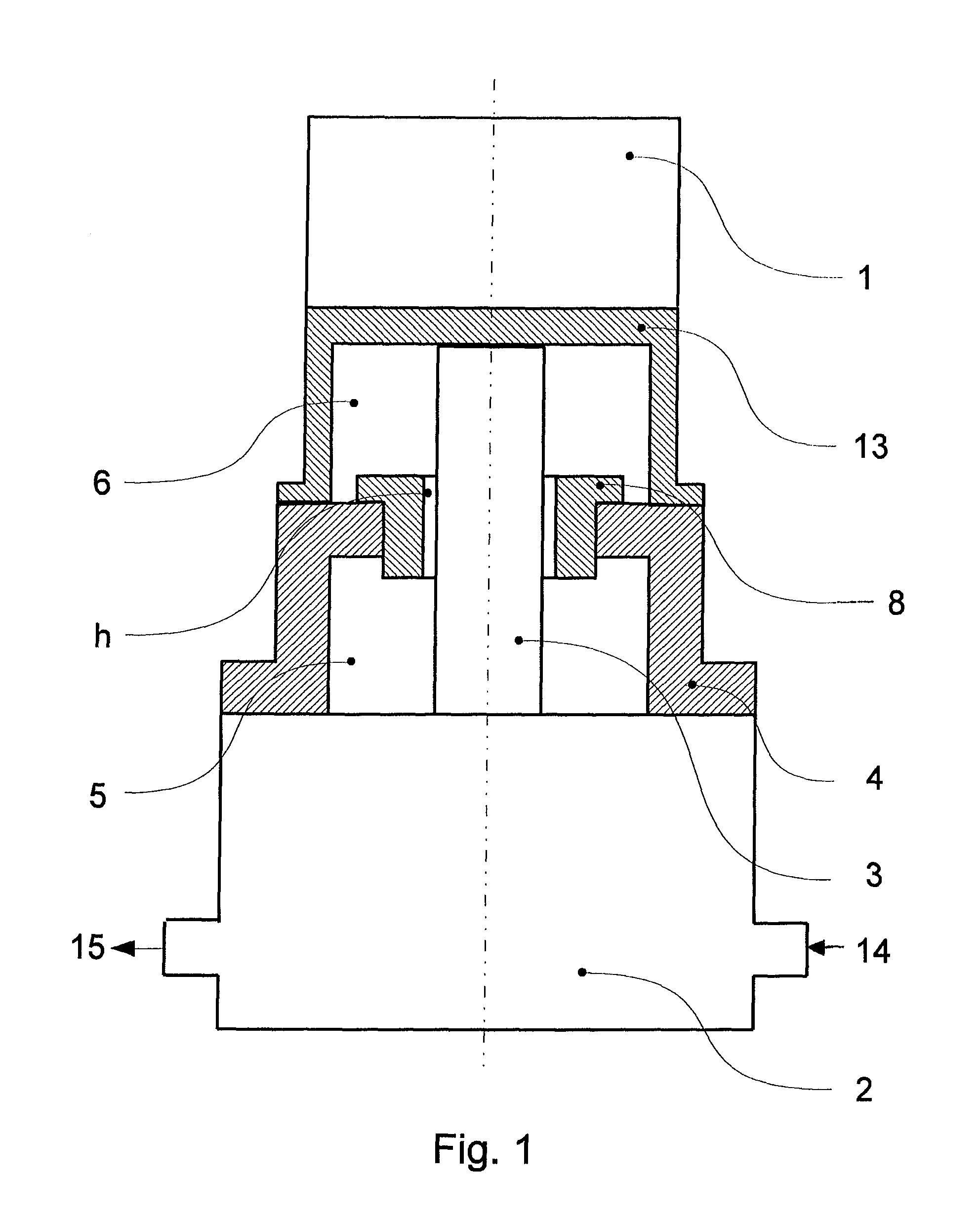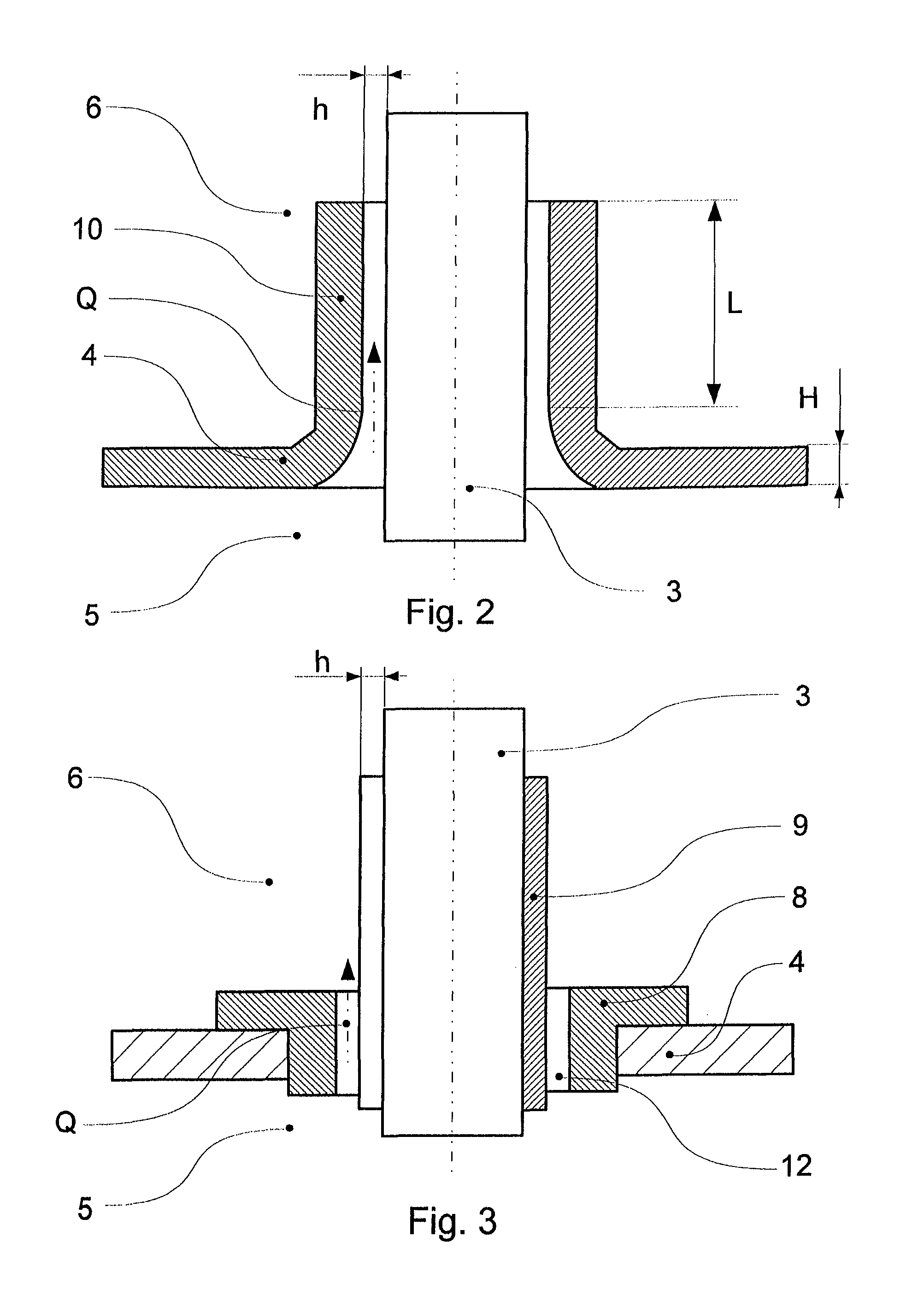Valve drive assembly and valve using the same
a technology of valve drive assembly and valve drive, which is applied in the direction of valve details, plug valves, engine components, etc., can solve the problems of cost-intensive, narrow interference fit between both actuators having to be designed twice, and the solution is therefore quite expensive and cost-intensive to manufacture. , to achieve the effect of simple devices, faster production and reduced volume flow rate q
- Summary
- Abstract
- Description
- Claims
- Application Information
AI Technical Summary
Benefits of technology
Problems solved by technology
Method used
Image
Examples
Embodiment Construction
[0021]Various embodiments of the present invention are described, by way of example only, with reference to the drawings, in which identical or related structures, elements, or parts may be labeled with the same reference numerals throughout the figures. Dimensions of components and features shown in the figures are generally chosen for convenience and clarity of presentation and are not necessarily to scale.
[0022]FIG. 1 illustrates a valve drive assembly applied on a valve body 2 in accordance with one embodiment of the present invention. Valve drive assembly includes a flange 4, an operating rod 3 and an annular element. Operating rod 3 is disposed through said flange. Fluid flows into valve body 2 from supply opening 14 and flows out of drain opening 15
[0023]A valve flap (not shown) disposed on operating rod 3 is arranged inside the valve body 2 as a means of driving, for example purely rotatory or by means of a linear movement or jointly by means of both types of movement. The f...
PUM
 Login to View More
Login to View More Abstract
Description
Claims
Application Information
 Login to View More
Login to View More - R&D
- Intellectual Property
- Life Sciences
- Materials
- Tech Scout
- Unparalleled Data Quality
- Higher Quality Content
- 60% Fewer Hallucinations
Browse by: Latest US Patents, China's latest patents, Technical Efficacy Thesaurus, Application Domain, Technology Topic, Popular Technical Reports.
© 2025 PatSnap. All rights reserved.Legal|Privacy policy|Modern Slavery Act Transparency Statement|Sitemap|About US| Contact US: help@patsnap.com



